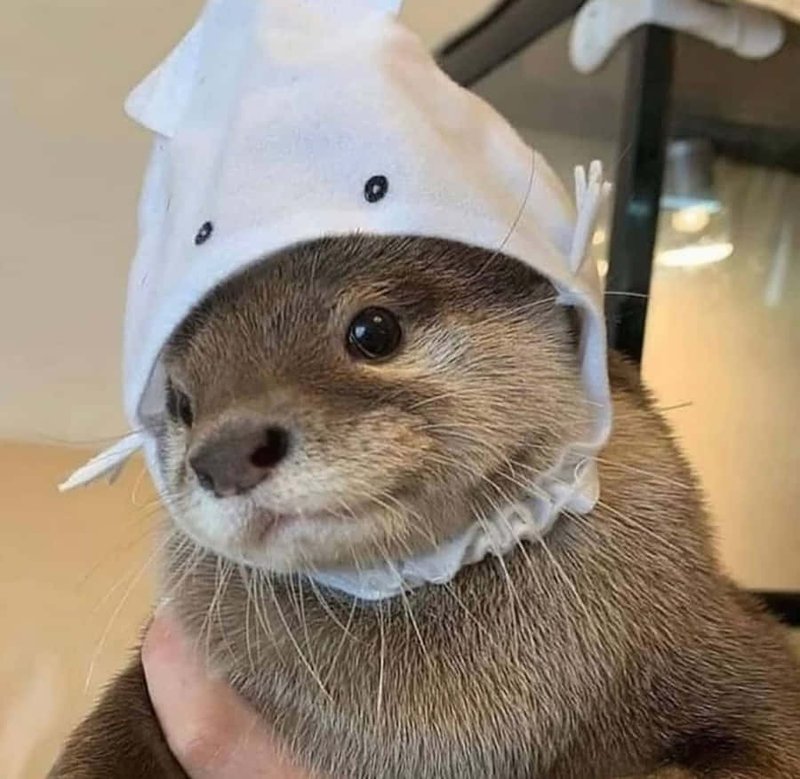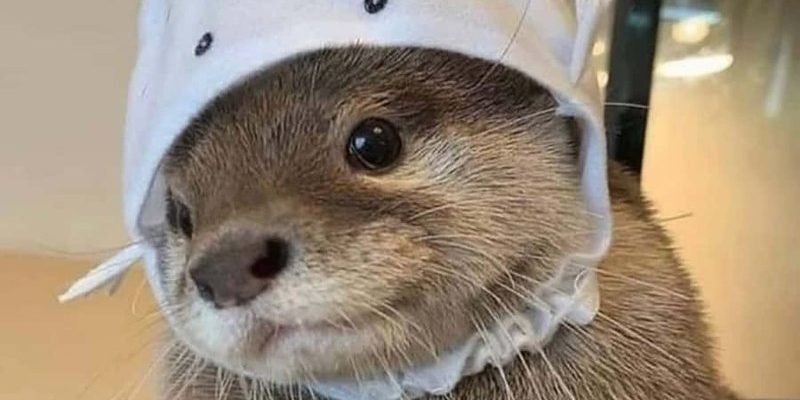
For instance, you might have heard that otters are all the same. In reality, there are different species of otters, each with unique traits and habitats. Some even use tools! So, why do these misconceptions about otters persist? Sometimes, it’s because they’re just too cute to take seriously. But let’s take a step back, explore these fascinating creatures, and clear up some of that confusion.
Otters Are Just One Animal
One of the biggest myths about otters is that there’s only one type. In truth, there are 13 species of otters worldwide, ranging from the North American river otter to the giant river otter found in South America. Each type has its own unique characteristics and habitat preferences.
For instance, the sea otter, known for its thick fur and playful demeanor, spends most of its life in the ocean. They use rocks as tools to crack open shellfish—talk about impressive! On the other hand, the European otter prefers freshwater environments, like rivers and lakes. You might find them in Europe, where they are known for their graceful swimming and hunting skills.
Understanding these differences helps paint a fuller picture of what otters are really like. They’re not just cute; they’re complex creatures that play vital roles in their ecosystems.
Otters Are Just Playful Creatures
While otters do have a reputation for being playful, this is just part of their story. They are also dedicated parents and skilled hunters. Otters engage in play to strengthen social bonds within their groups, but this behavior is more than just fun and games.
For example, when otters slide down mud or snowbanks, it’s not just for enjoyment. It helps them develop their swimming and hunting skills, which are essential for survival. And when it comes to parenting, otter moms are incredibly attentive. They often hold their pups on their bellies to keep them safe while navigating waters.
So, while the playful antics are entertaining, there’s a lot more depth to their behavior that showcases their intelligence and adaptability.
Otters Are Only Found in Water
You might think that otters spend all their time in the water, but that’s not entirely true. While they are aquatic animals, they also need to come onto land for various reasons. For example, otters often use land areas to rest, groom, and even raise their young.
A classic example is the North American river otter, which can often be seen lounging on rocks or riverbanks after a long day of swimming and hunting. They have adapted to thrive both in aquatic and terrestrial environments. Their ability to balance life in and out of the water is just another fascinating aspect of their existence.
Otters Are Just Cute and Fluffy
Yes, otters are undeniably cute, but their physical characteristics serve important functions. For example, their thick fur keeps them warm in chilly waters, making it crucial for their survival. Sea otters have the densest fur in any mammal, with up to a million hair strands per square inch!
But it’s not just about warmth; their streamlined bodies and webbed feet help them swim efficiently. Those cute little paws aren’t just for show; they’re equipped for gripping prey and manipulating tools. So, next time you see an otter, remember that their adorable appearance is matched by some pretty impressive adaptations.
Otters Don’t Have a Role in Their Ecosystem
Another common misconception is that otters don’t play a significant role in their ecosystems. In reality, otters are vital to maintaining healthy aquatic environments. They primarily feed on fish, crustaceans, and small mammals, helping regulate these populations.
For example, in kelp forest ecosystems, sea otters keep sea urchin populations in check. Without otters, sea urchins could overgraze kelp forests, leading to habitat destruction for countless marine species. So, in a way, otters are like the gardeners of the aquatic world, ensuring a balanced ecosystem.
Otters Are Social Creatures
Otters are often seen playing together, leading many to believe they’re purely social animals. While they are indeed social, the structure of their groups can vary among species. Some otters, like sea otters, tend to be more solitary, while others, like river otters, thrive in family groups.
These social structures are fascinating. For instance, family groups of river otters often hunt and play together, strengthening their bonds. This social aspect is essential for their survival, as teamwork can help them catch fish more efficiently. Understanding these dynamics gives us insight into their behaviors and interactions.
Otters Have No Conservation Needs
It might surprise you to learn that otters face significant conservation challenges. Many species are threatened due to habitat loss, pollution, and climate change. The sea otter, for example, has made a comeback thanks to conservation efforts, but they still face threats from oil spills and fishing nets.
By learning about otters and the challenges they face, we can support conservation efforts and protect these delightful creatures. Whether it’s through donations, spreading awareness, or even visiting wildlife sanctuaries, every little bit helps.
Now that we’ve explored some of the common myths and misconceptions about otters, it’s clear that these creatures are much more than just cute faces. From their diverse species and vital roles in the ecosystem to their interesting behaviors and conservation needs, otters deserve our attention and protection.
Next time you spot an otter frolicking in the water, take a moment to appreciate all the layers behind its charm. Understanding these playful animals can help foster respect and care for them—ensuring that they continue to thrive in our world. So, let’s raise our coffee cups to otters, and keep learning about the wonders they bring to our ecosystems!

